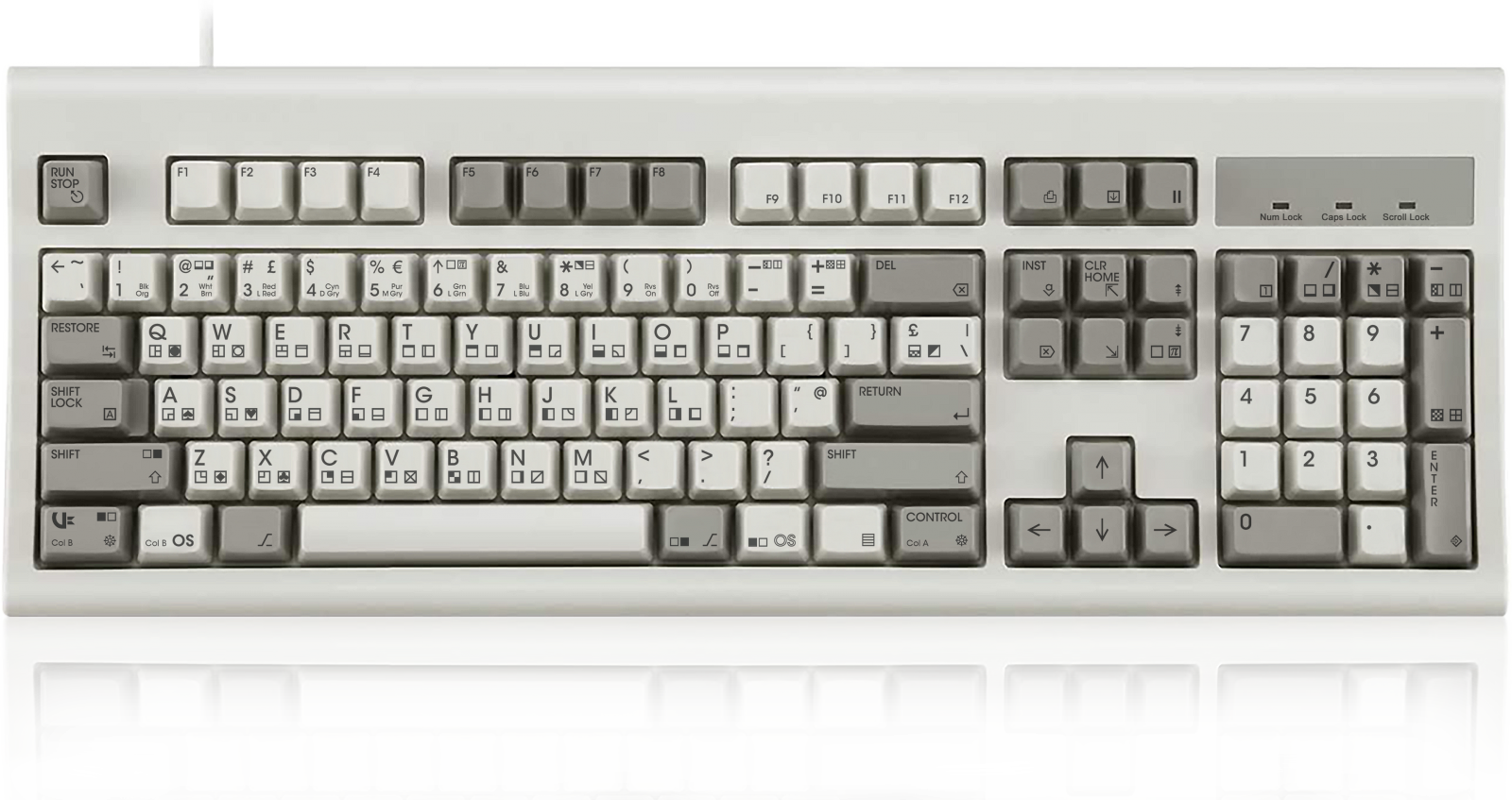
Choosing a mechanical keyboard switch















Published on 17 March 2022 by Andrew Owen (4 minutes)
One of the things I do is design keyboard layouts and legend designs. My most popular design to date is the Commander X16 professional keyboard. I’ve also created a number of one-off designs for myself and friends. I get them made by WASDkeyboards.com. If you’re going for a one-off keyboard, it’s probably going to be mechanical, and that means expensive. So I often get asked for recommendations on which switch to order when purchasing a keyboard. As ever more options become available, it can seem even harder to choose. However, it’s really quite easy to work out which is the right switch for you.
| Switch | Type | Feedback | Force | Cost | Notes |
|---|---|---|---|---|---|
| MX Black | Linear | None | 60 cN | ||
| MX Blue | Tactile | Click | 60 cN | ||
| MX Brown | Tactile | Bump | 55 cN | +$5 | |
| MX Clear | Tactile | Bump | 65 cN | +$15 | |
| MX Green | Tactile | Click | 80 cN | +$25 | |
| MX Red | Linear | None | 45 cN | +$10 | |
| MX Silent Red | Linear | None | 45 cN | +$15 | Quiet |
| MX Speed Silver | Linear | None | 45 cN | +$15 | Short travel |
| Zealio Purple | Tactile | Bump | 65 cN | +$45 |
If you’re looking for a budget entry into mechanical keyboards, I’d recommend a Magicforce with Gateron brown switches. Get some o-rings and a cheap set of PBT double shot key-caps, and you’ll have a great typing experience without annoying your colleagues or family too much.
For those new to mechanical key switch keyboards, I’d make the following switch recommendations based on cost and primary use:
If money is no object, I’d recommend:
If quietness is your main concern (use o-rings and PBT key caps), I’d recommend:
Recently I thought I had discovered the origin of the inverted-T cursor cluster from an article on Nerd Corner. It was introduced on the LK201 keyboard used by the DEC VT220 computer terminal, which also marked the first appearance of the compose key. But David “8-bit Guy” Murray tracked down an earlier use on the Applied Digital Data Systems Consul 880 video terminal.
My “daily driver” is a white LED backlit 68-key Qisan Magicforce with Gateron brown switches and after-market PBT key caps and o-rings. They also have a variant with Outemu blue switches but browns are quieter and of the MX clone switches I’ve tried, I prefer Gateron to Outemu. Some vendors sell the keyboard with factory PBT key caps, but at about twice the price. I got a cheap set of gray double-shot PBT key caps from China. I went with gray because other than black, it discolors the least over time. I originally assembled the keyboard to avoid irritating my co-workers, back when I was still expecting to return to full time office-based work. Now I’m fully remote, I’ve found it’s also good for streaming when I need to type.